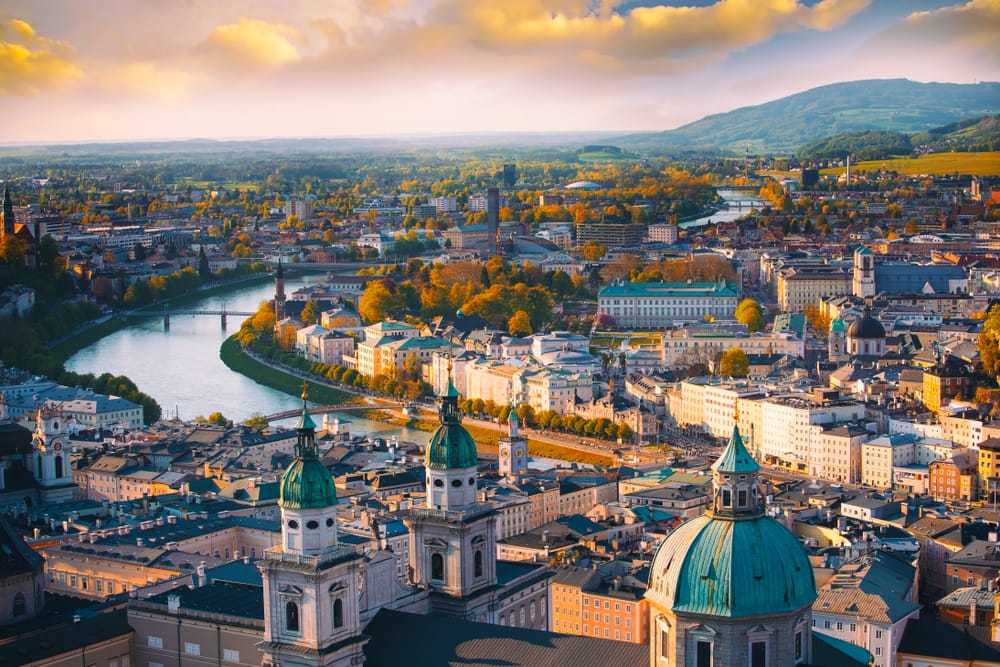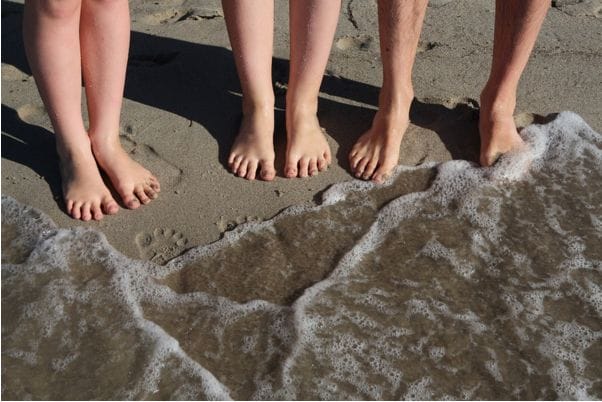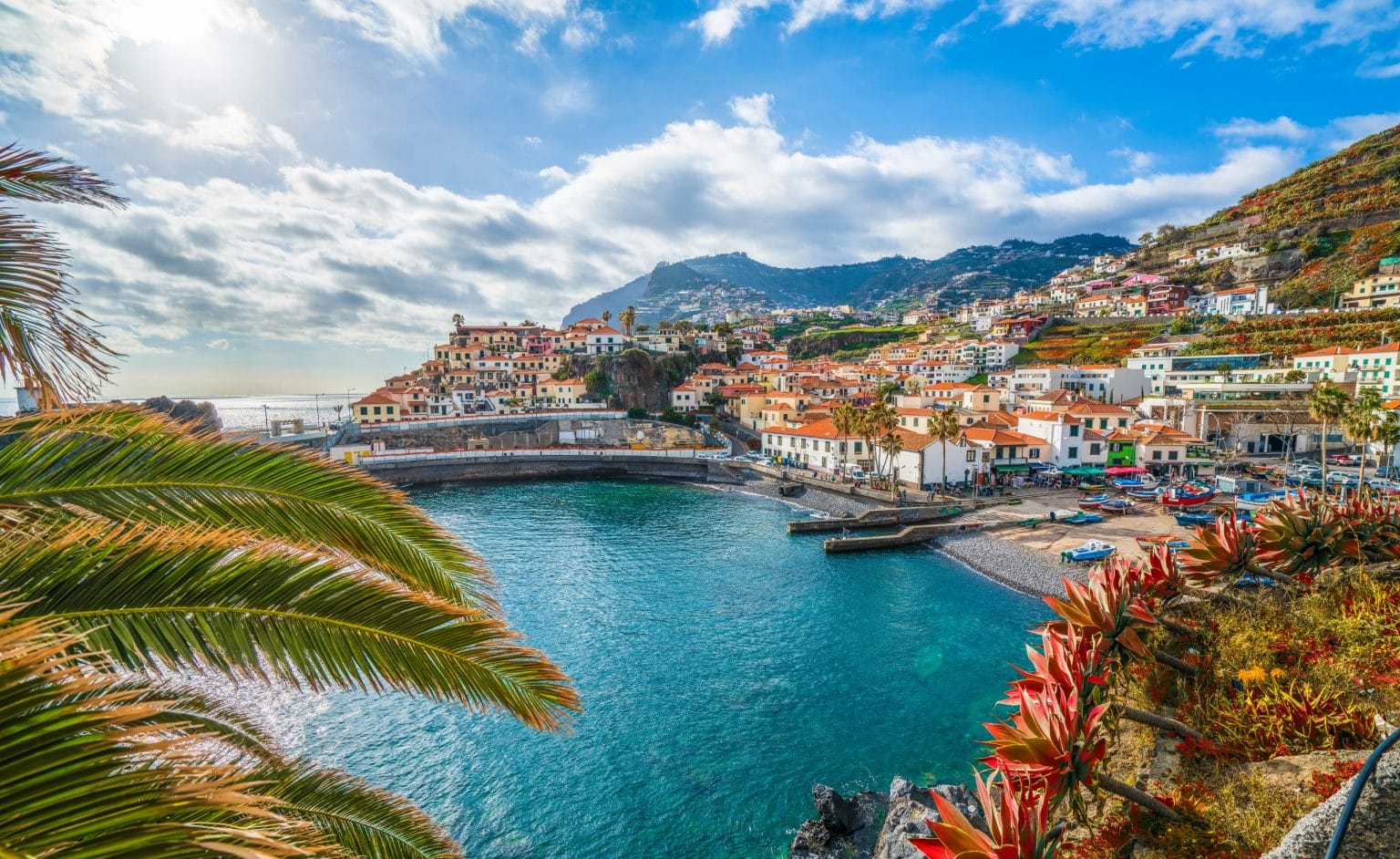The world of work is changing; while the UK is intent on isolating itself, there are places in Europe and the world where a non-EU resident can live and work if you have the cash to buy a visa.
Portugal is the cheapest of all the Schengen area countries to live in. The Portuguese government offers an attractive option called the “Golden Visa,” which allows immigration from non-EU countries with the possibility of permanent residency over time.
What is Portugal’s Golden Visa Program?
Portugal’s Golden Visa program offers investors a way to live in Portugal (and travel visa-free throughout the Schengen area) if they make a certain level of investment in property or other business interests.
Those approved for the Golden Visa can stay in the country for up to 5 years, with opportunities to extend their residence permit depending on their financial commitment and how long they have been living in Portugal.
To qualify, you must invest under €300,000 or more into Portuguese assets such as real estate, stocks or bonds, research and development projects, or business investments such as setting up a business in the country.
Once approved, you can apply for a permanent residency permit after five years and move freely around other countries in the Schengen area.
What other countries have similar Golden Visa programs?

Portugal isn’t the only European country offering attractive investment-based visa options — several other nations also offer variations on such programs.
For example, Austria has its investor visa version, requiring applicants to invest €2 million into Austrian real estate or business interests. Similarly, Belgium is home to an investment program that requires applicants to put down €500,000 towards Belgian government bonds and life insurance policies over ten years.
The Czech Republic also has a few different visa routes for investors, including a five-year temporary residence permit if you invest €150,000 or more into their economy.
Meanwhile, Denmark offers a residency permit in exchange for an investment of up to 10 million Danish kroner (around 1.3 million Euros). However, there are cheaper ways to get the Denmarks Version of the Golden Visa by investing in scientific research or artistic projects – read more here.
In Estonia, investors can purchase a long-term resident visa after investing €400,000 into property or businesses. At the same time, Finland has an “Entrepreneur Residence Permit” that requires a minimum capital investment of €80,000 and the creation of jobs.
Portugal isn’t the only European country offering attractive investment-based visa options — several other nations also offer variations on such programs.
For example, Austria has its investor visa version, requiring applicants to invest €2 million into Austrian real estate or business interests. Similarly, Belgium is home to an investment program that requires applicants to put down €500,000 towards Belgian government bonds and life insurance policies over ten years.
The Czech Republic also has a few different visa routes for investors, including a five-year temporary residence permit if you invest €150,000 or more into their economy.
Meanwhile, Denmark offers a residency permit in exchange for an investment of up to 10 million Danish kroner (around 1.3 million Euros). However, there are cheaper ways to get the Denmarks Version of the Golden Visa by investing in scientific research or artistic projects – read more here.
In Estonia, investors can purchase a long-term resident visa after investing €400,000 into property or businesses. At the same time, Finland has an “Entrepreneur Residence Permit” that requires a minimum capital investment of €80,000 and the creation of jobs.
France offers several investor visas with varying cash requirements ranging from €50,000 to €300,000, depending on the project.
Germany also has its residence permit program for investors, requiring applicants to invest between €250,000 and €500,000 in the country over five years.
Greece also has an investor visa program that requires applicants to put €500,000 into real estate or business investments.
Hungary is another nation with an investor visa program; you must invest at least €300,000 into government bonds and certain other Hungarian assets such as startups or companies.
Iceland’s version of the Golden Visa requires investors to spend at least 1 million Icelandic Krona (around 8100 Euros) on local stocks or shares. Italy offers several types of visas for investors who wish to move to the country – one option requires an investment of up to 2 million Euros. In contrast, another requires the applicant to put €500,000 into government bonds.
Latvia has an investment visa open to those who invest a minimum of €250,000 in a Latvian business or real estate. Liechtenstein also has an investor visa program with requirements to invest 1 million Swiss francs (around 925,000 euros) into its economy over five years.
Lithuania offers several different residence permits for investors, including the “Investment Residence Permit,” which requires applicants to deposit at least €100,000 into a bank account before applying. Luxembourg also has its version with varying cash requirements depending on your job and whether you are setting up a business or buying real estate.
Malta has its version of the Golden Visa, requiring applicants to invest €275,000 into local bonds and other approved investments before being granted residency. The Netherlands also offers several residence permits for investors; one option requires an investment of at least 1 million Euros in Dutch government bonds.
Norway has two investor visas available: the “Business Immigration Program,” which requires applicants to create jobs and invest in local businesses, and the “Investor Visa Program,” which requires a minimum capital contribution of 3 million Norwegian kroner (around 300,000 Euros). Poland is home to its “Entrepreneurial Residence Permit”, which requires a €100,000 investment in Polish businesses or real estate.
Slovakia, Slovenia, Spain, Sweden and Switzerland all offer different versions of the Golden Visa for investors who meet specific requirements. All figures quoted are subject to change on a case-by-case basis. Anyone interested in moving to any country in the Schengen area should investigate all options before paying a specialist company to obtain a visa.
The Schengen area is one of many ways to move access-free worldwide. The pandemic proved that if you have means and can prove that you can work from anywhere, you can access some of the most beautiful places in the world as a digital nomad.
Digital Nomad Visas

Working from a hammock on the beach sounds fantastic (if not impractical), but changes to how we work mean hammock work is possible if you have the correct visa.
Barbados Welcome Stamp Plan: The Barbados Welcome Stamp program enables digital nomads to stay in the country for up to 12 months, with the option to extend for another year. It is open to those working remotely or freelancers who can show that they can sustain themselves financially and contribute to the island’s economy. The cost of obtaining this visa is US$2,000 per person.
Work From Bermuda Certificate: The Work from Bermuda Certificate also allows digital nomads to work remotely on the island but limits their stay to six months. Applicants must provide proof of sufficient income (the exact amount varies depending on circumstances) and pay a $263 fee.
Other Digital Nomad Visas
In addition to the Schengen area and Barbados/Bermuda visas, other countries offer special permits for digital nomads.
Aruba has a “Work & Stay” visa, which requires applicants to have at least US$1,500 per month of passive income or US$3,000 per month from active income sources. Costa Rica offers its version with a requirement of $2,500 per month in passive income or $5,000 per month in active income.
Antigua also offers several digital nomad visas; the “Nomad Digital Residence Program” requires an annual fee of $1,500 and proof of health insurance coverage. On the other hand, Panama requires a minimum financial investment of $5,000 before being granted digital nomad status.
Digital nomads looking to stay in Mexico can apply for a “Temporary Resident Visa”; this requires proof of a monthly income (either active or passive) of at least $1,500 per month plus proof that you have made arrangements to pay Mexican taxes while working there.
The visa cost is around US$70, which allows stays up to four years. It’s important to note that the Temporary Resident Visa does not give you the right to work in Mexico (you must be freelance with a current work pipeline to apply) – you must still obtain an additional work permit if you wish to do so.
These are just some of the many digital nomad visas available. It’s worth researching the options thoroughly before applying to ensure you have all the information you need to make an informed decision.
Becoming a digital nomad is an exciting experience but requires careful planning and preparation. Understanding visa requirements can make your transition smoother and more hassle-free. This time next month, your daily commute may take on another meaning altogether.




